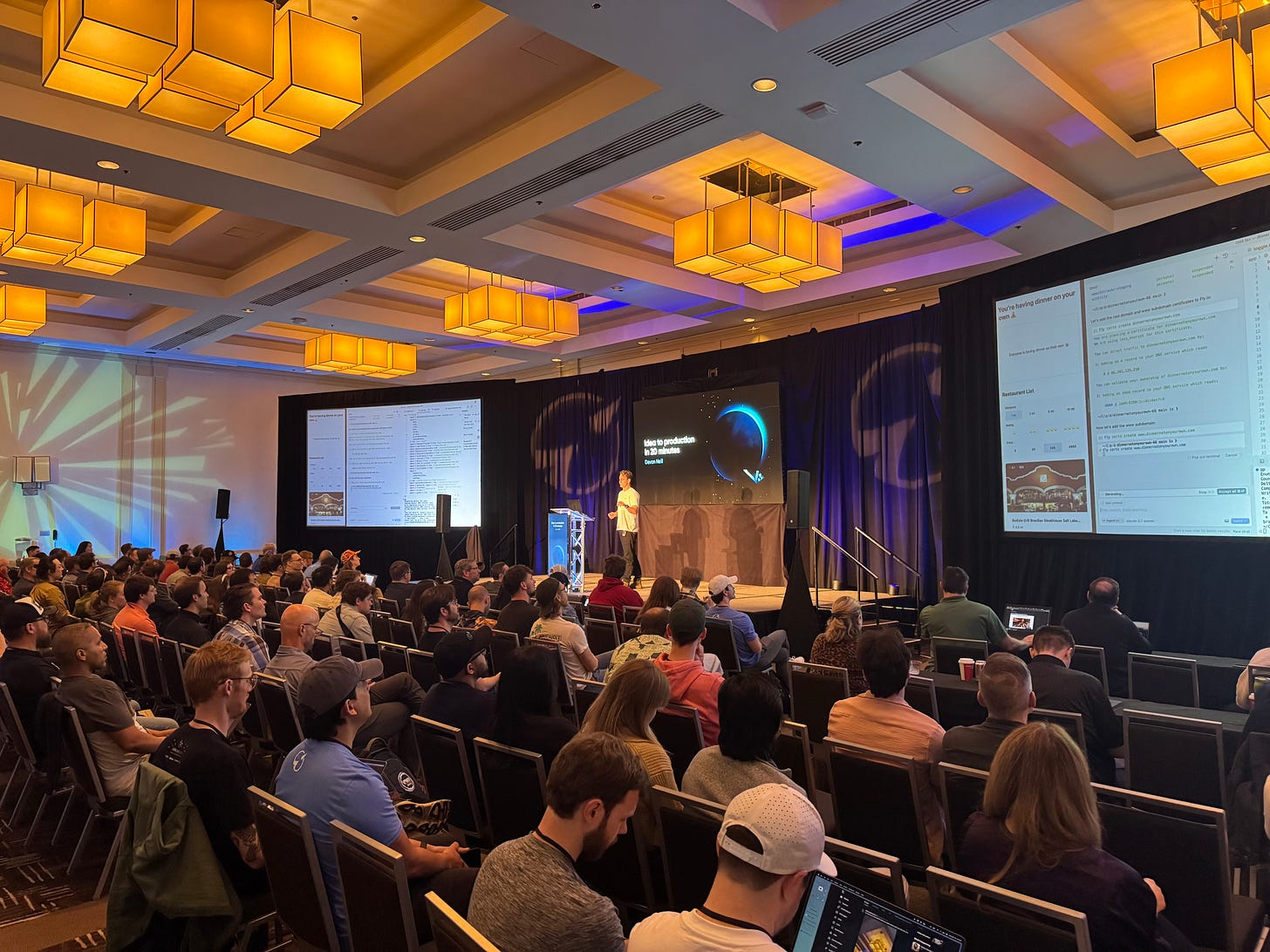3 simple rules for better AI prompts.
How to get reliable results from your AI agents.
I built an app in 20 minutes at the Epic Web Conference two weeks ago.
To do this, I built the same app 66 times.
Today, I'll share what I learned so you can get high-quality results from your AI assistant faster.

Prompting AI tools the right way is now a critical skill to sharpen.
A few days ago, Tobi Lutke, the CEO of Shopify—one of the largest e-commerce platforms in the world—announced that his team is now expected to use AI tools effectively.
AI is officially here, and it's time to take it seriously.
The problem is that we are creatures of habit, and many will ignore AI for far too long.
As early adopters, we have a unique opportunity.
Learning to use AI proficiently gives you a significant advantage.
Prompting can be challenging, though.
AI models can produce vague or generic responses, get trapped in repetitive loops, be unpredictable, ignore essential rules, and miss vital context.
But there is a way to reduce these issues.
You don’t have to be a prompt expert to get the 80/20 improvement.
A few simple changes to your prompt can produce far better results.
Here's what I've learned in 3 simple rules:
Rule 1
For my talk, I created the initial prompt by explaining to Claude my app idea, that it was for a live demo, and that I needed a prompt to generate the app.
I took Claude's suggestion and tried to create the app in one shot.
It worked well, but only the first time. It was hard to get predictable results.
I tried to improve the prompt by adding more details:
the architecture I wanted
established patterns in the code
the tech stack
and even an auto-updating diagram of the file tree
But interestingly, this made things worse.
So my first lesson was:
Be concise
Claude gets overwhelmed easily and struggles to figure out what's important.
Fix this by making sure every instruction is important.
Each instruction you add should have a reason for being there.
When I eliminated the fluff from my prompts, Claude stopped getting distracted by unimportant details and produced better-quality code.
Before
Instructions
Step 1: Make the stuff we need for the database, we need to make dinner bookings and maybe be able to choose what time, perhaps we can edit the restaurant later too, make sure its in the schema but also applied to the database
After
Instructions
Step 1: Add the database models to the schema. We need the following models: Attendee, DinnerGroup, Restaurant.
Step 2: Run the migration to apply those models to the database.
Rule 2
So there I was with this highly detailed prompt with all of these different sections, but Claude seemed to ignore them, regardless of how many capital letters I used.
Then I thought, maybe these extra details are too far away from what Claude is busy with during each step.
Which led me to my second big lesson:
Put related information exactly where it’s needed
Claude tends to forget things that aren’t immediately relevant to the task.
Cluster important rules next to the steps they relate to so they're in Claude’s context window when needed.
Before
Tech Stack
Use Prisma for database stuff
Instructions
Step 1: Set up the database
After
Instructions
Step 1: Set up the database. Use Prisma for this.
Rule 3
My prompt was now concise, and all essential rules were right next to the steps that needed them. Things were improving, and Claude’s output was more predictable.
But occasionally, Claude went on an adventure and ignored some of my now very clear instructions.
I noticed that this only happened for the larger pieces of work.
I split the prompt into smaller pieces, which kept things mostly under control.
This breakthrough led me to my third lesson:
Keep phases of work small
The smaller your phases, the more control you have.
You can get away with larger phases if your instructions are clear and concise, but you can only push it so far before Claude wanders again.
Before
Instructions
Step 1: Set up the database
Step 2: Write the backend services
Step 3: Write the frontend code
Step 4: Add animations
After
Instructions
Phase 1: Backend Code
→ Step 1: Set up the database
→ Step 2: Write the backend services
Phase 2: Frontend Code
→ Step 3: Write the frontend code
→ Step 4: Add animations
By this point, my prompt was concise, clear, and well-structured. It generated roughly the same app within the 20-minute limit every 4 out of 5 attempts.
To summarize:
Be concise
Put related information exactly where it’s needed
Keep phases of work small
These rules may seem simple, but they are powerful.
I hope they work well for you, too.
If you have other rules you use for better AI prompting, I’d love to hear them!
Until next month,
– Dev
PS. If you'd like to learn more about prompting, Google recently released an excellent guide.


